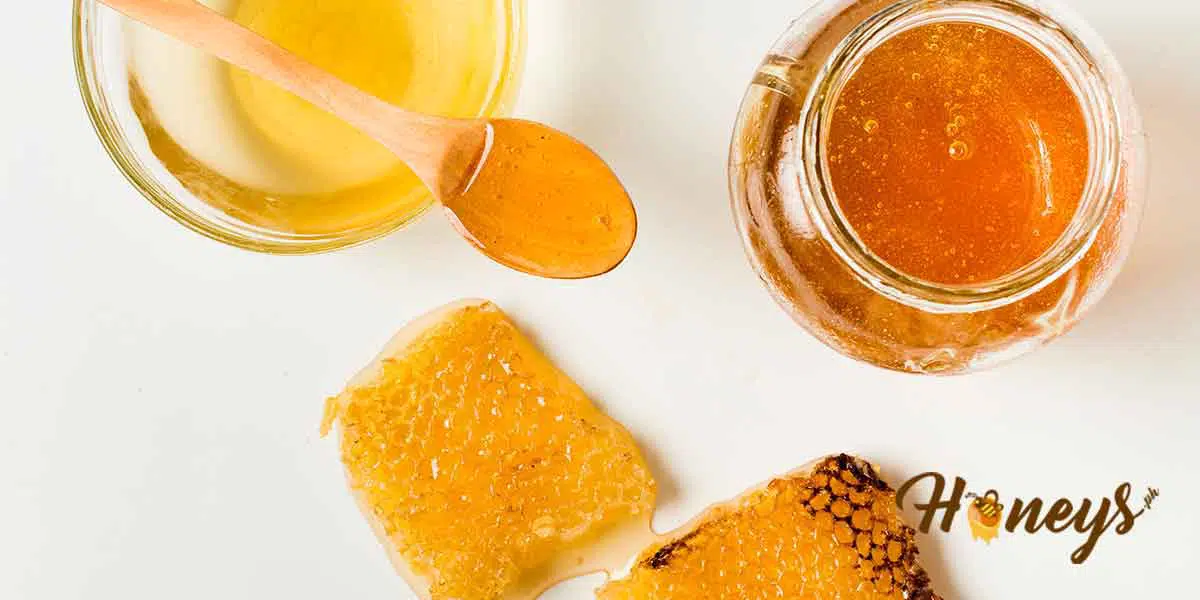
Shades of Honey That Hue Should Know
Aren’t you amazed why honey varies in color, texture, and taste? This may have never crossed your mind but there are as many types of honey as there are many types of flowers. Knowing the meaning behind the shades of honey can help you choose the best of your preference. Keep reading to learn a little more.
Factors that Affects the Color of Honey
Floral Source
Some factors make up the color of honey. To mention, raw honey can differ in color from colorless to dark, this is because of its immense floral source. Bees collect nectar from a variety of sources. Nectar source is the biggest contributor to honey color. Bees forage for nectar and collect them from thousands of booming plant species and flowers. Each plant is unique in the makeup of nectar, thereby giving various hues and tastes of honey, simply different sugar contents, mixture, and aroma.
A distinguishing impact on honey’s color includes minerals like potassium, magnesium, sulfur, calcium, iron, copper, and manganese which are abundantly found in the flower source. This means that the variety of flowers plays a major role in the color of honey.
Crystallization Process
Another factor that affects the tone of the sweetened bee product is the so-called crystallization process. When honey undergoes the crystallization process it appears lighter in color. Stored honey will also granulate after some time and the crystal size will give its color. Its color is also affected by age. Honey gets darker in the long run. It also changes over time depending on how it is kept and stored considering also the temperature. Light honey being exposed to high temperatures will get a darker shade gradually.
Honey Taste Varies in Color
The honey taste will also vary depending on the color. The rule implies that light kinds or transparent honey have a delicate and soft taste compared to darker ones that will have a stronger flavor. Hence, honey should be kept and stored in a dry and cool area.
Generally, honey’s color is not the basis of quality although the darker shades are usually high in nutrients compared to the lighter ones. Lighter honey is being preferred for consumption while the darker ones are being used for industrial purposes in the world market. The Department of Agriculture in the US has classified honey into different color categories from water white, extra white, white, extra light amber, light amber, amber, and dark amber. The white color does not necessarily mean it is actually white but it is colorless.
So which is the better honey, dark or light?
Light-colored honey has a mild flavor while darker honey usually has a strong taste. The color also determines the antioxidant number. Those with darker shades of honey have a higher concentration of antioxidants while the lighter ones have a lower concentration.
Conclusion
Summarizing up the thoughts on honey color, no matter how honey is colored it is still an excellent dietary supplement for consumers in fact it is one best substitute for sugar. Honey is an organic product that is of immense quality and value for many disorders.
Embrace the charming diversity of honey’s colors and flavors. The variety makes it special and unique on its own. Honey is a nice combination component of various foods. It mixes well with everything you dine. Endlessly enjoy honey’s taste and color. The honeybees have worked hard to give you the sticky spread of deliciousness and relief.









